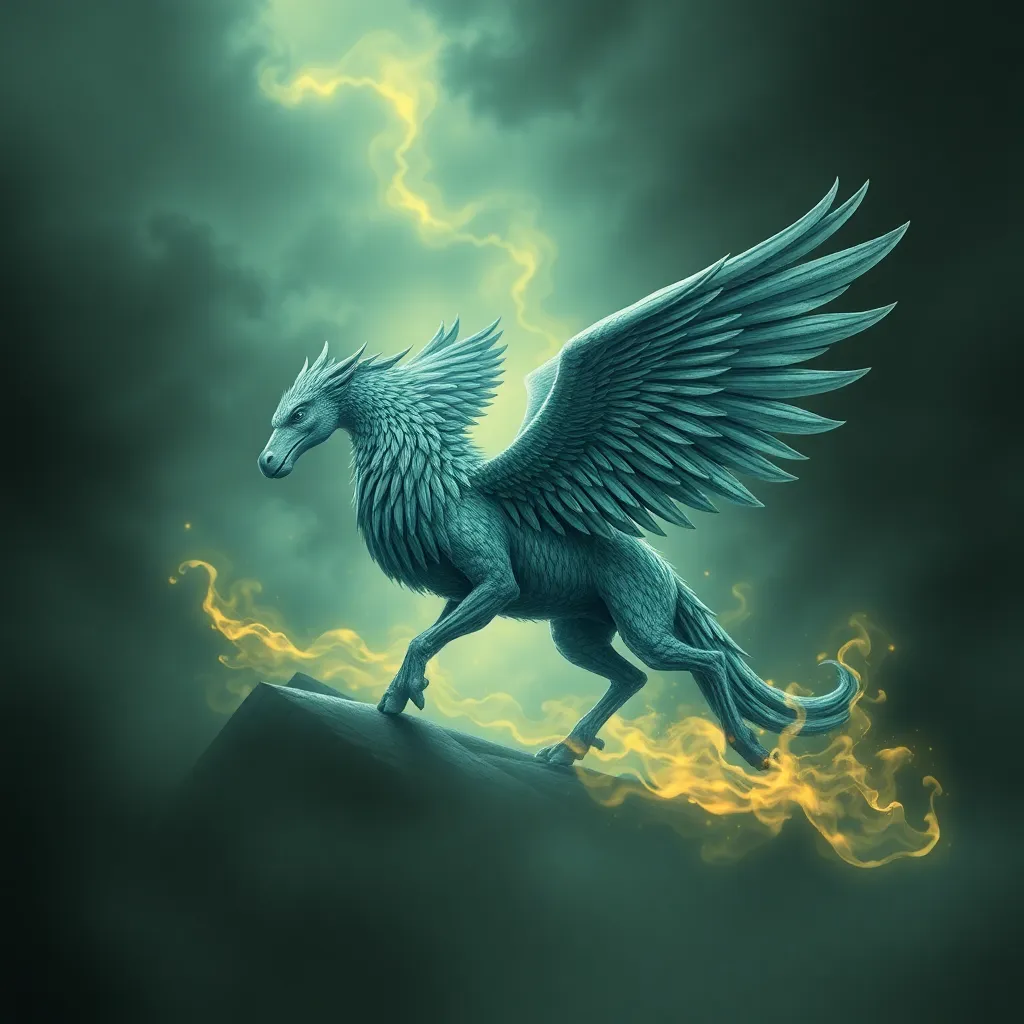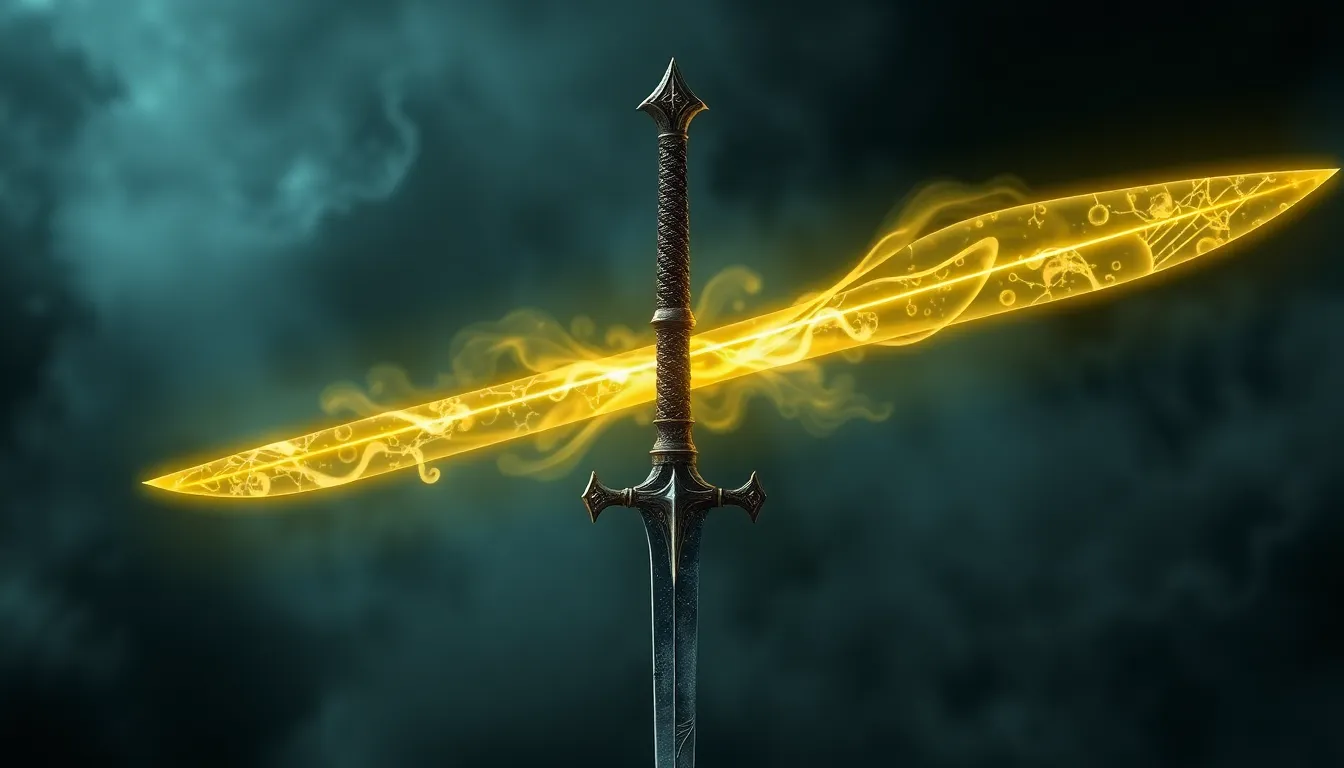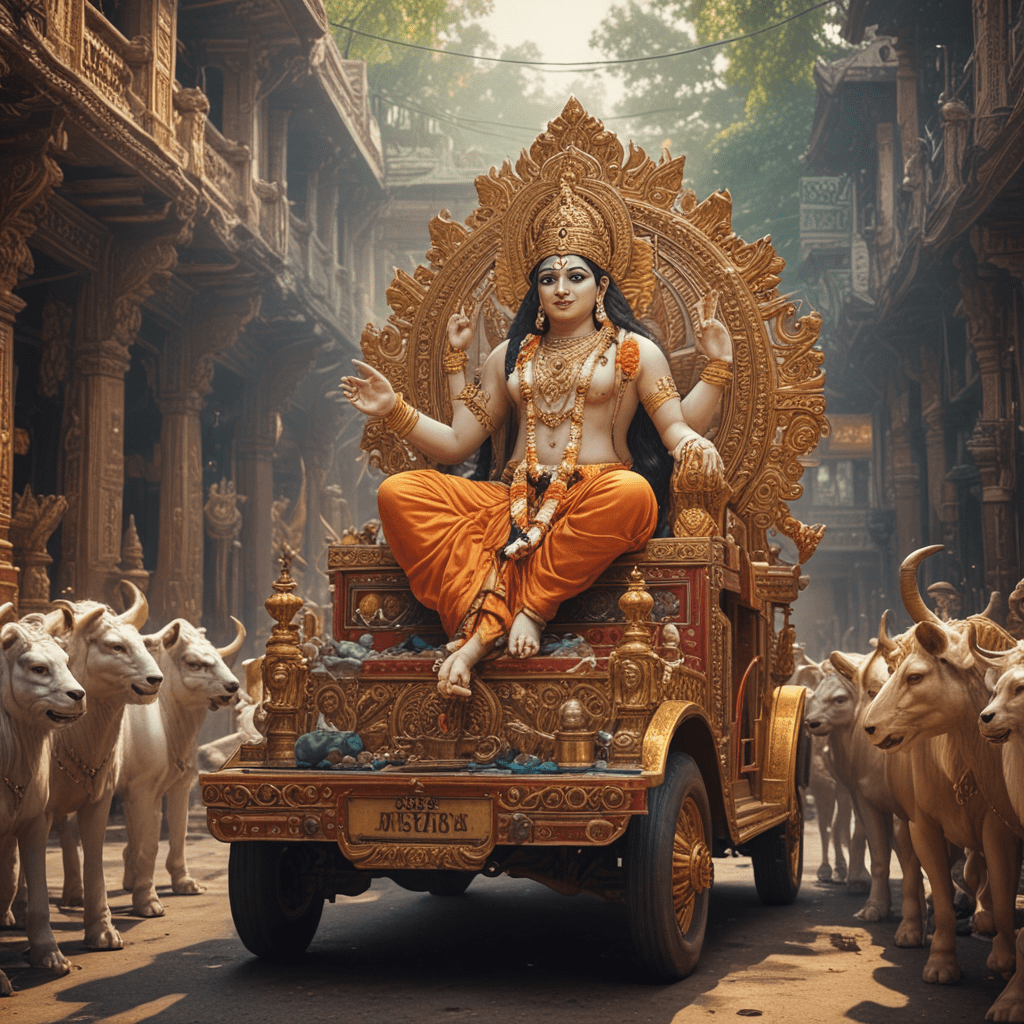The Hippogriff in Norse Sagas: A Powerful Creature of Myth and Legend
I. Introduction
The Hippogriff is a mythical creature that captivates the imagination with its majestic appearance and rich symbolism. Defined as a hybrid creature with the front half of an eagle and the hindquarters of a horse, the Hippogriff embodies the qualities of both strength and nobility. In the context of Norse mythology, which is filled with complex narratives and powerful beings, the Hippogriff stands out as a symbol of freedom and transcendence.
Norse mythology, originating from the Northern European cultures, is significant not only for its tales of gods and heroes but also for its reflection of the human experience through allegorical stories. The purpose of exploring the Hippogriff in Norse sagas is to understand its role within this rich tapestry of myth, its interactions with other beings, and its lasting impact on modern interpretations of mythological creatures.
II. Historical Context of Norse Mythology
Norse mythology has its origins in the oral traditions of the Viking Age, evolving over centuries into a complex system of beliefs and narratives. The sagas, which are prose narratives that recount the adventures of gods, heroes, and legendary figures, serve as the primary source of Norse mythological lore.
Key themes in these tales often revolve around fate, honor, and the struggle between good and evil. Mythical creatures, such as giants, trolls, and dragons, play crucial roles in these narratives, often serving as adversaries or allies to the gods and heroes.
The role of mythical creatures in Norse culture cannot be overstated; they symbolize the unknown and the supernatural, acting as manifestations of the fears and aspirations of the people. Within this framework, the Hippogriff emerges as a creature of power and grace, embodying the ideals of nobility and freedom.
III. The Hippogriff: An Overview
The Hippogriff is visually striking, characterized by its powerful eagle head, majestic wings, and the strong body of a horse. This combination of features represents a duality of earth and sky, making the creature a potent symbol of both terrestrial strength and celestial majesty.
While the Hippogriff is more commonly associated with later literary works, such as Ludovico Ariosto’s “Orlando Furioso,” its roots can be traced back to various mythical and literary traditions, including those in Norse sagas. The symbolism of the Hippogriff extends beyond its appearance; it often represents the pursuit of the impossible and the bridging of disparate worlds.
IV. The Hippogriff in Norse Literature
In Norse literature, direct references to the Hippogriff may be sparse, but its thematic presence can be felt throughout various sagas. For instance, creatures resembling the Hippogriff often symbolize the ideals of heroism and valor, appearing in tales where characters embark on epic quests.
- The Saga of the Volsungs: This saga, while not explicitly mentioning the Hippogriff, features numerous mythical beings that share similar traits, highlighting the interconnectedness of various creatures in Norse tales.
- The Lay of Sigurd: In this tale, the hero Sigurd encounters dragons and other fantastical beings, showcasing the same themes of confrontation and transcendence that the Hippogriff embodies.
Comparatively, the Hippogriff can be analyzed alongside other mythical creatures such as the dragon and the griffin, both of which serve significant roles in Norse lore. The presence of the Hippogriff reinforces the notion of nobility and power, often associated with divine beings and heroes.
V. Thematic Analysis of the Hippogriff’s Role
The Hippogriff is often explored through the lens of power and nobility. Its majestic nature and ability to soar above the ground symbolize the aspiration for greatness and the pursuit of honor. In many sagas, characters who encounter or ride the Hippogriff are often on quests that test their virtue and strength.
Additionally, the creature embodies freedom and transcendence. The act of flying represents liberation from earthly constraints, allowing heroes to achieve their goals and overcome adversity. This theme resonates deeply within the context of Norse mythology, where characters frequently grapple with fate and destiny.
The Hippogriff’s relationship with heroes and gods further highlights its significance. As a creature that can bridge the gap between the celestial and the terrestrial, it often serves as a companion or guide, leading characters toward their ultimate destinies.
VI. The Hippogriff in Modern Interpretations
In contemporary literature and media, Norse sagas continue to influence the portrayal of mythical creatures like the Hippogriff. The resurgence of interest in fantasy genres has led to a reimagining of these beings, infusing them with modern sensibilities while retaining their core characteristics.
- Popular Culture: The Hippogriff has found its way into movies, video games, and literature, often depicted as a loyal companion or a powerful steed for heroes.
- Fantasy Settings: In modern fantasy literature, the Hippogriff is frequently featured alongside other magical creatures, symbolizing the enduring fascination with hybrid beings.
This evolution reflects a broader trend of reinterpreting mythological creatures, allowing new generations to engage with these timeless symbols of power and freedom.
VII. Comparative Mythology
When examining the Hippogriff within the context of comparative mythology, several similar creatures emerge across different cultures. Winged horses and hybrids can be found in various mythologies, each serving unique roles and symbolisms.
- The Pegasus: In Greek mythology, Pegasus is a winged horse that embodies inspiration and poetic creativity, paralleling the Hippogriff’s representation of nobility.
- The Griffin: With the body of a lion and the head and wings of an eagle, the griffin symbolizes strength and protection, sharing thematic elements with the Hippogriff.
Cross-cultural analysis reveals insights about the human fascination with hybrid creatures, often reflecting societal values, aspirations, and fears. The Hippogriff, like its counterparts, serves as a powerful symbol of the unknown and the fantastical.
VIII. Conclusion
In conclusion, the Hippogriff holds a significant place within Norse sagas, representing ideals of power, freedom, and transcendence. Its majestic nature and rich symbolism resonate through various narratives, highlighting its importance in the mythological canon.
The lasting impact of the Hippogriff in mythology speaks to our enduring fascination with hybrid beings and the stories we tell about them. As we continue to explore mythical creatures in cultural narratives, the Hippogriff serves as a reminder of the powerful connections between humanity and the fantastical.
Further exploration of such creatures can deepen our understanding of cultural narratives and the timeless themes they embody, inviting us to reflect on our own aspirations and the myths we create.



